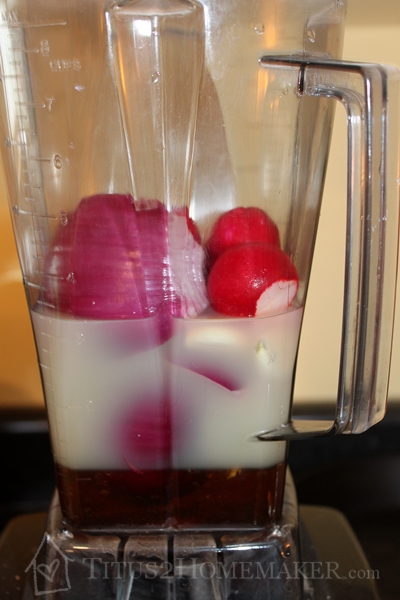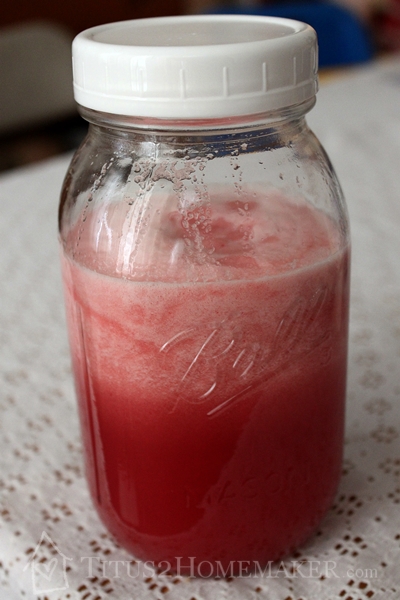Today’s post is a bit of a departure. It is not focused on food or drink. There’s no stunning roast or plate of pasta. No cooling beverage. No beguiling dessert.
And yet, there is a recipe.
An easy one, too, using four items found in most pantries:
Apple Cider Vinegar,
Honey,
Ginger,
and Cayenne…
plus some water.
And, so quick to put together, so beneficial,
I had to share it with you. Pronto!
Combined, I learned from Maggie, that quartet of pantry ingredients creates a potent remedy to some of the ails of winter: Sore throat, hacking cough, tight congestion.
Combined, they turn into a curious orange syrup that can cut through the croup.
And, the taste is really good!
Like you, we’ve been trying to duck the dreaded cold germs: wash our hands, eat well, get enough sleep, stay warm. Sometimes even the most valiant efforts get foiled.
I first mixed up a batch for Bill over the holidays, when he caught a cold accompanied by a strangling cough. The Remedy went right to work, acting as both a calming agent and expectorant.
So, last month, when I felt run down, tight with a tickle in the throat, I shook up a little Remedy. A spoonful or two seemed to break its hold, suppress the devilish tickle.
Just last night, Bill came home after a long workday. His voice was spent, and he had that dull, woozy feeling you get when the onset of a cold is trying to make its way into your head. He snatched up the little bottle, gave it a vigorous shake, and poured a tablespoonful. “Ahhhh. This is the Good Stuff,” he said.
I’m not saying it’s a cure-all, or some homeopathic miracle drug. But it did a mighty fine job taking the place of store-bought cough suppressants, expectorants, decongestants…
Wouldn’t you rather have a dose of spicy honey-cider syrup from a little jar mixed up in the kitchen than any of those bottles lurking in the medicine cabinet?
I thought so.
Stay warm. Stay healthy.
Take good care. And, if need be, take your remedy.
MAGGIE’S COUGH REMEDY
¼ teaspoon Cayenne
¼ teaspoon Ginger
1 Tablespoon Cider Vinegar (an organic one, like Bragg’s, is preferred.)
2 Tablespoon Water
1 Tablespoon Honey (use a locally produced raw honey, if possible.)
Dissolve cayenne and ginger in cider vinegar and water. Add honey and shake well. Take 1 Tablespoon as needed for cough. Hoo-wee.
Note: This is potent albeit watery syrup. It also doesn’t dissolve perfectly. Always shake well before using.
If you make this in small batches as the recipe is written, there is no need to refrigerate.
If you prefer, you may refrigerate this. It keeps as long as you need it. I like to make small batches (it is so easy to mix up.) and use it up in a just a few days.
IMPORTANT MESSAGE: This remedy and dosage are for adults. I have no personal experience giving this to children, and cannot recommend it for children. Many have reported on this site (see comments) that they have had great success administering the remedy in smaller doses to their kids. This is those parents personal choice, which I respect. If the remedy has helped their family, I am grateful. But it is not my recommendation.
Moreover,
Honey should NEVER be given in any form to children under the age of one year, due to the risk of infant botulism–hence the remedy should never, under any circumstances , be given to an infant.




























